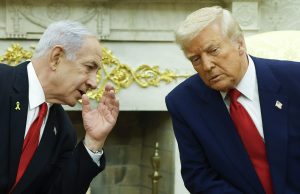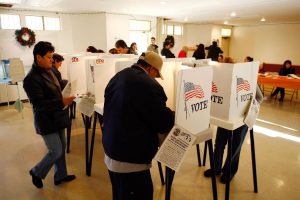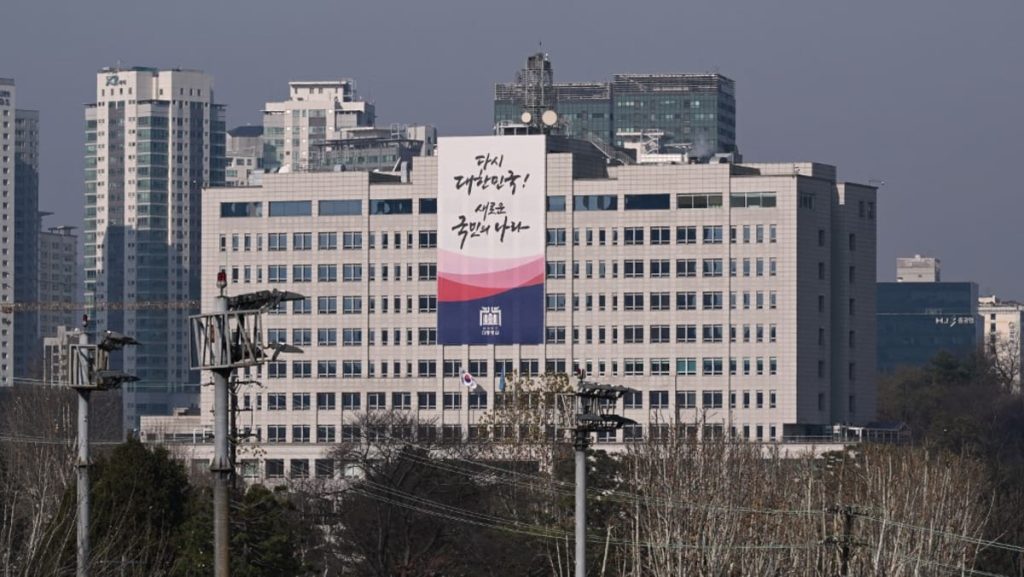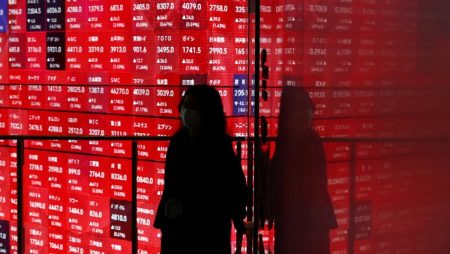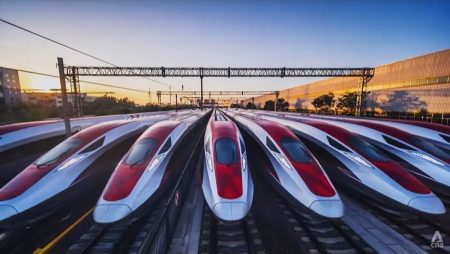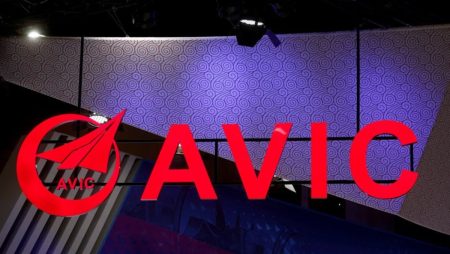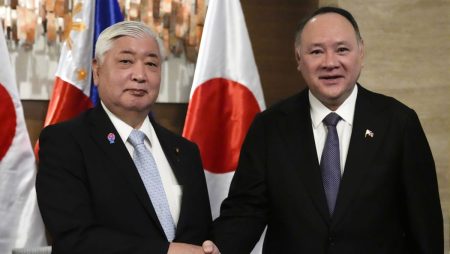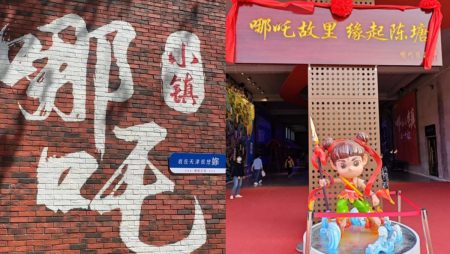The political landscape of South Korea is in a state of unprecedented turmoil, grappling with a rapidly escalating leadership crisis centered around President Yoon Suk-yeol. The catalyst for this crisis was the president’s abrupt and short-lived declaration of martial law, a move swiftly condemned and countered by the legislature, including members of his own party. Yoon’s justification for this drastic measure remains unclear, but the aftermath has left his presidency hanging precariously in the balance, with impeachment proceedings looming large and public discontent growing. The controversy has also ensnared several high-ranking officials, including the national police chief and the former defense minister, raising serious questions about the chain of command and the legality of the orders issued during this turbulent period.
The martial law declaration, enacted late one night, was met with immediate and decisive resistance from lawmakers. Recognizing the gravity of the situation, both ruling and opposition party members united in their condemnation, voting to demand its immediate revocation. President Yoon, bowing to the legislative pressure, rescinded the order mere hours after its implementation. However, the damage had been done. The incident exposed deep fissures within the government and sparked widespread public outrage, raising concerns about the president’s judgment and his respect for democratic processes. The rapid reversal of the martial law decree, while averting a potentially deeper constitutional crisis, did little to quell the growing calls for accountability and the president’s removal from office.
The subsequent investigation into the martial law debacle has shed light on a chaotic and potentially illegal series of events. Testimony from top military officials has painted a picture of a president issuing direct orders to deploy troops to parliament, with the apparent intention of disrupting legislative proceedings and preventing a vote against the martial law decree. These allegations have further fueled the impeachment drive and placed President Yoon in an increasingly precarious legal and political position. The president’s whereabouts and his response to these accusations have remained largely unknown, adding to the sense of uncertainty and instability gripping the nation. The silence from the presidential office, coupled with the ongoing investigations, has only served to intensify speculation about the extent of the president’s involvement and the potential legal ramifications he faces.
Adding to the complexity of the situation, the former defense minister, Kim, has resigned and apologized for his role in the martial law incident, claiming sole responsibility. However, this admission has done little to absolve the president of blame, with many questioning the plausibility of Kim acting unilaterally in such a sensitive and consequential matter. The conflicting accounts and accusations from various officials have further muddied the waters, making it challenging to ascertain the precise sequence of events and the individuals ultimately responsible for the attempted disruption of parliamentary proceedings. The ongoing investigations by multiple agencies, including the Corruption Investigation Office for High-ranking Officials, are likely to be crucial in unraveling the complexities of this affair and determining the appropriate legal course of action.
The leadership vacuum created by the president’s virtual absence and the ongoing investigations has plunged the nation into a state of constitutional uncertainty. While the prime minister has ostensibly assumed the reins of government, the legitimacy of this arrangement has been challenged by opposition parties and legal experts, further complicating the already precarious political landscape. The absence of a clear and constitutionally sound leadership structure has exacerbated the sense of crisis and raised concerns about the government’s ability to effectively address the pressing challenges facing the nation. The political instability is further compounded by the growing calls for President Yoon’s arrest, a move that would be unprecedented in South Korea’s history and would further destabilize the country’s political system.
Meanwhile, the opposition Democratic Party is moving swiftly to initiate impeachment proceedings against President Yoon. The first attempt at impeachment failed to garner sufficient support, but the rapidly evolving situation and the mounting evidence against the president have seemingly swayed some members of the ruling party. With the potential for bipartisan support, the second impeachment vote appears to have a much higher chance of success. Should the motion pass in parliament, the final decision on the president’s fate will rest with the Constitutional Court, a process that could further prolong the political uncertainty and deepen the divisions within the country. The potential ramifications of a successful impeachment, including the possibility of a snap election, are significant and could reshape the political landscape of South Korea for years to come. The ongoing protests by various labor unions, including those in key industries like automobile manufacturing and finance, further underscore the widespread public discontent and the potential for further social and economic disruption as the political crisis unfolds.
